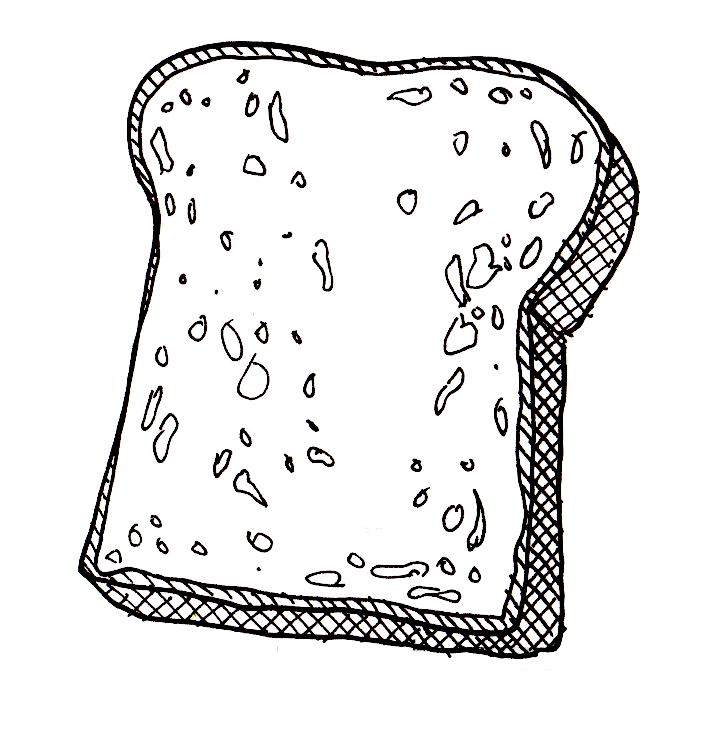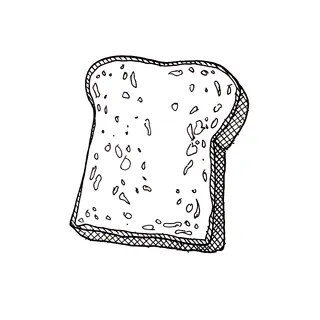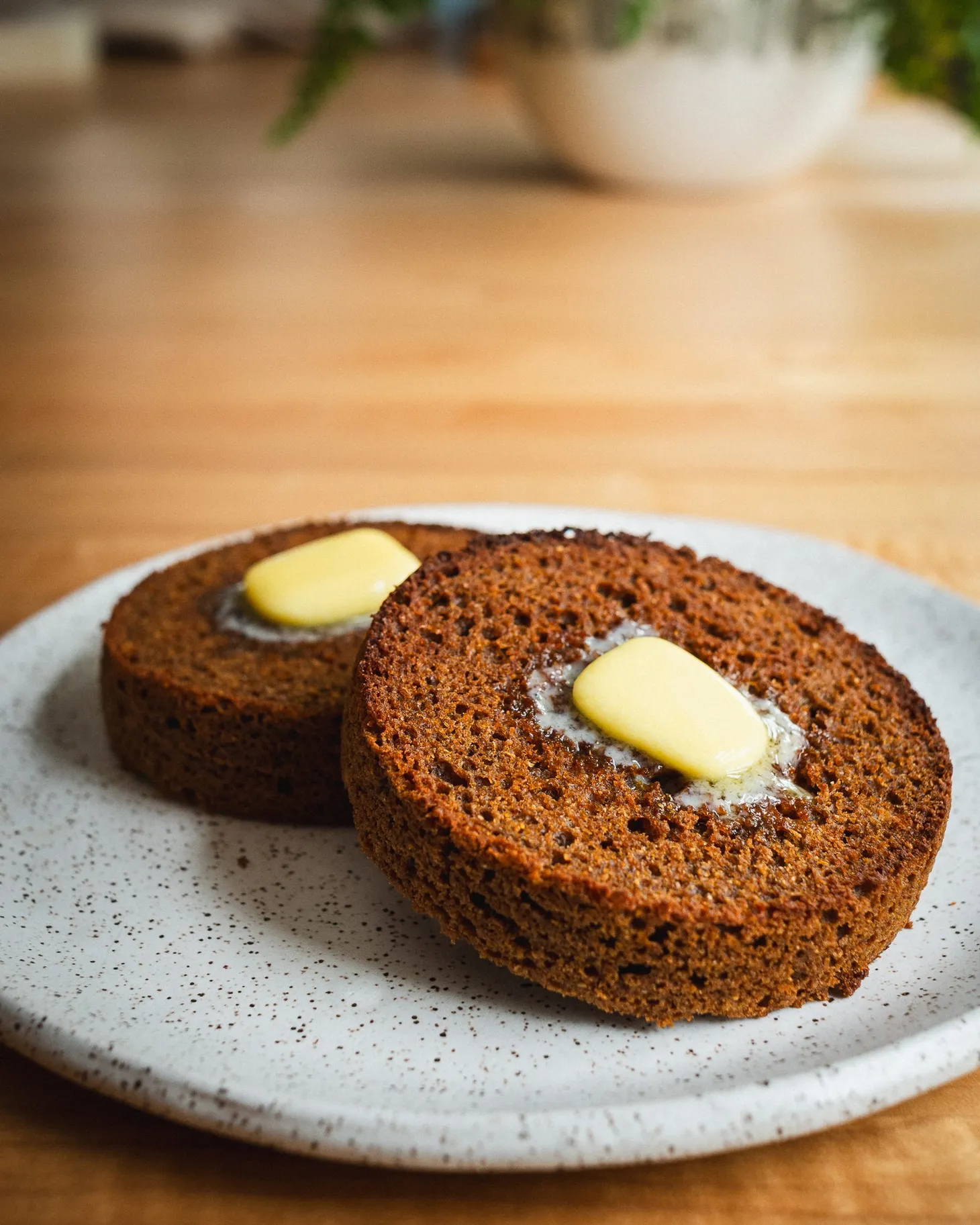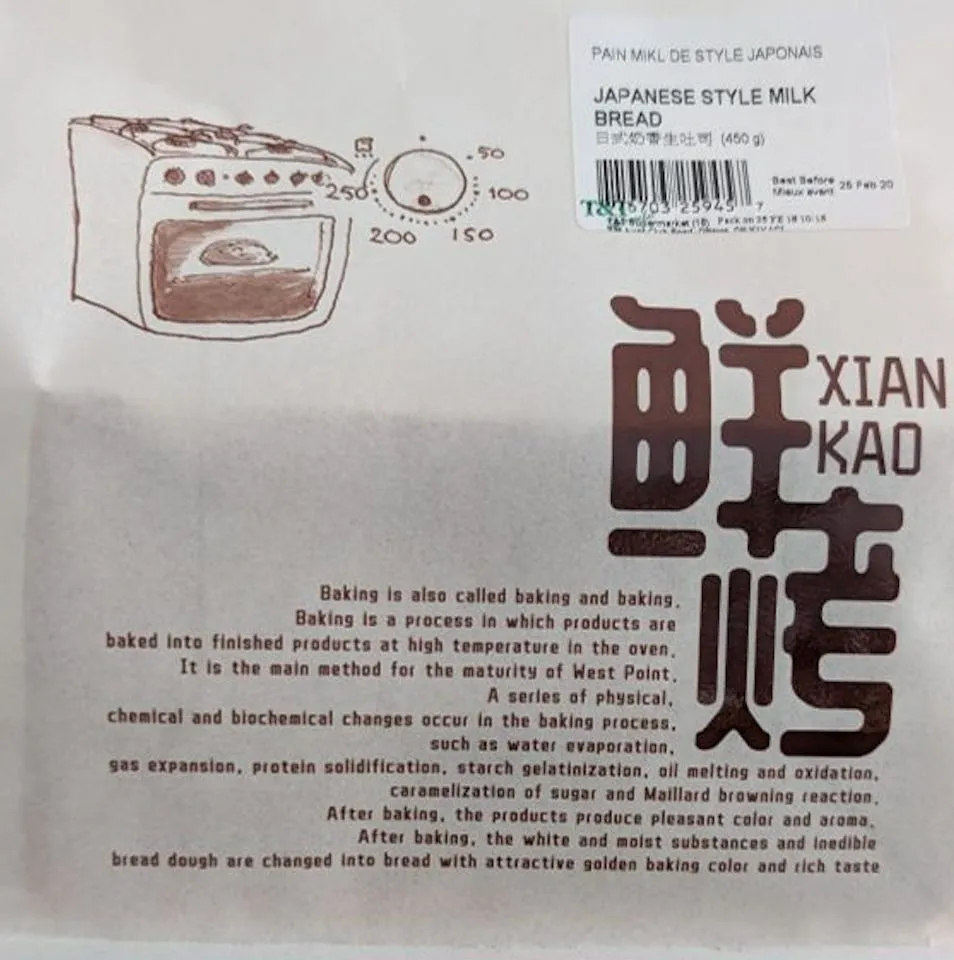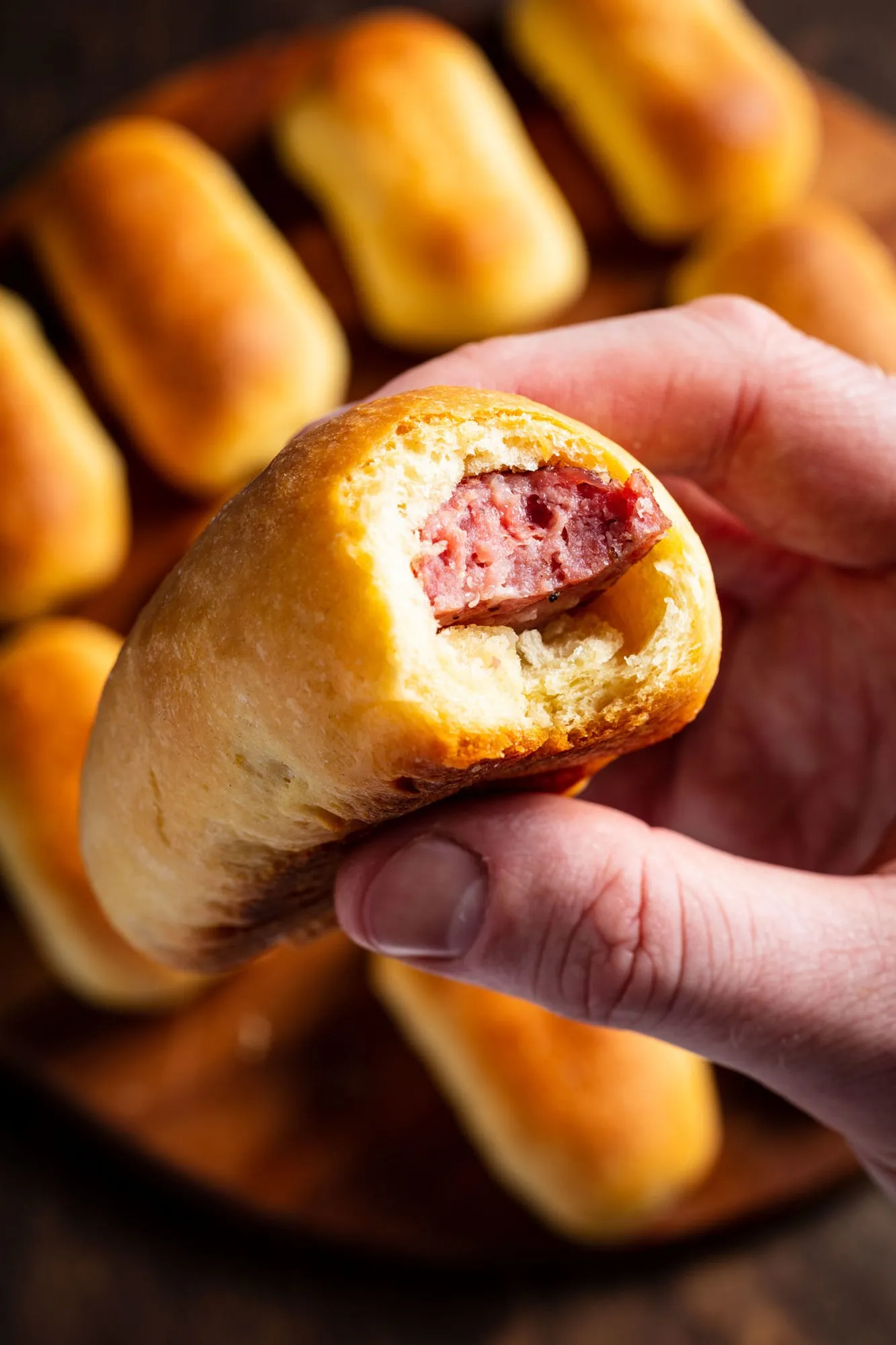Monday Mix 5/1/23
May Day May Day
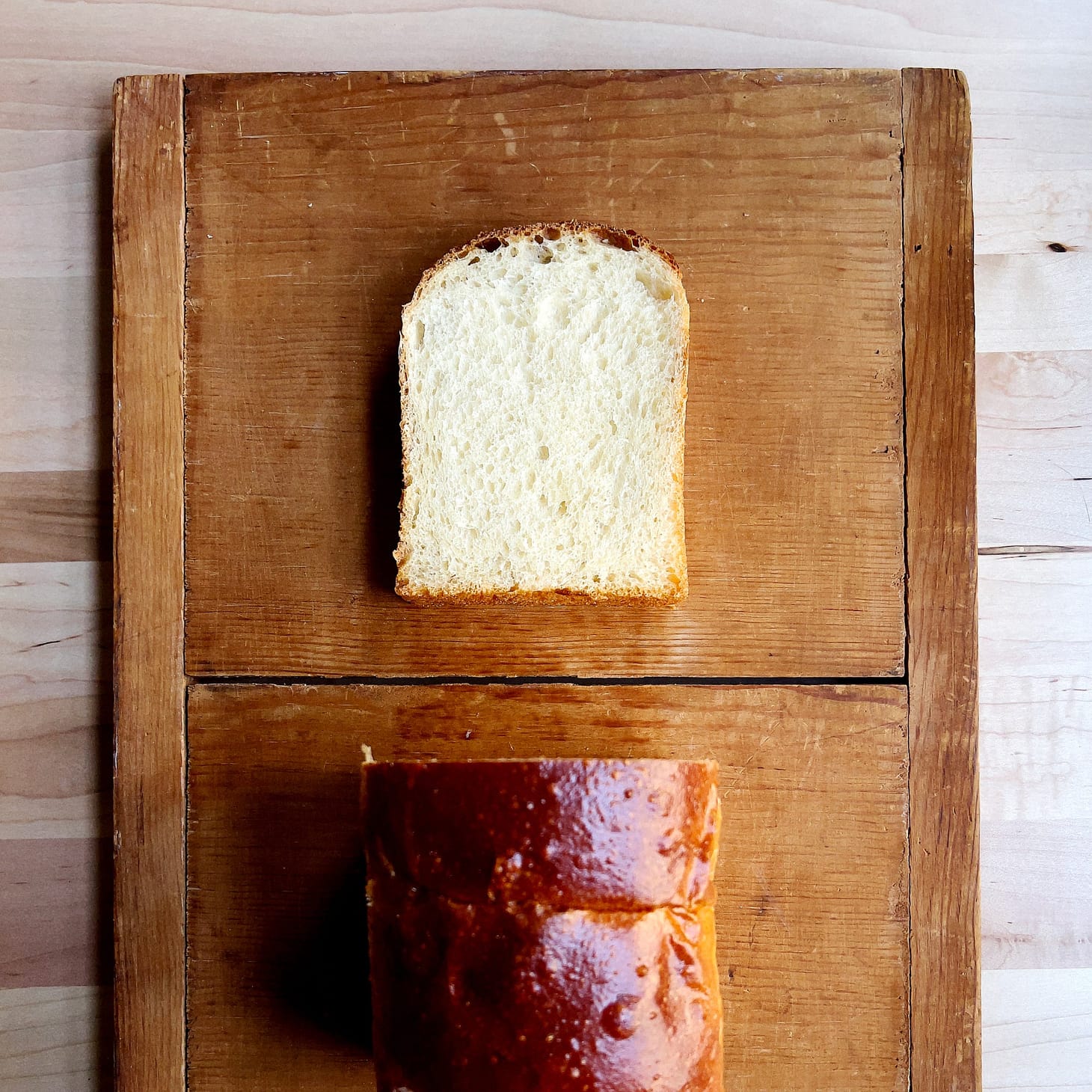
Table of Contents
Happy Mondays, everyone. Breadcrumb month at Wordloaf is coming to a close, but we’ve got one last crumb to share later this week. Otherwise, I’m hard at work finalizing recipes for my upcoming Curio Spice mahlab class (all of which I'll share here eventually), and getting more recipes ready to share with the Breaducation testers group, including that challah pan bread pictured above, which is a tribute to one of my favorite Jewish restaurants, the East Village’s B&H Dairy.
Today I wanted to share an excerpt from my pal Tara Jensen’s newsletter, in which I made an appearance over the weekend, in an essay called The Nitty Gritty - How I came to love the overall formula (finally):
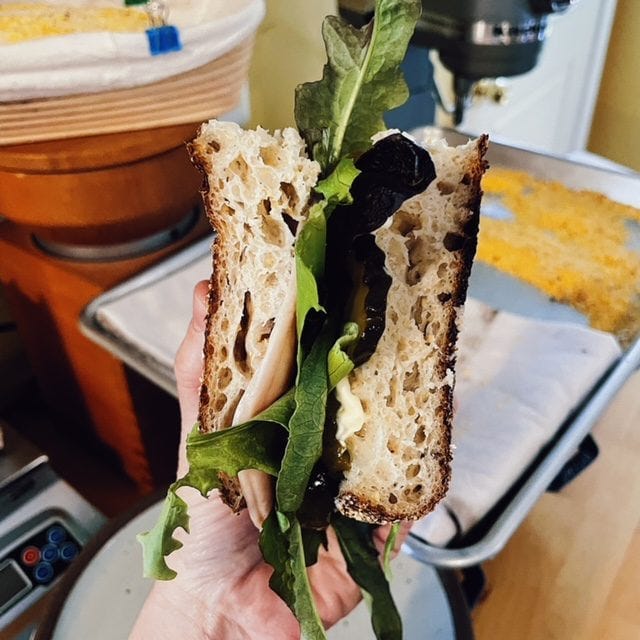
A simple bread recipe only shows the percentages and weights for the final dough, while a comprehensive recipe (or formula) will break apart each ingredient in the final dough to show the larger relationships at work. This extra portion of the recipe, known as the overall formula, can be shown first as you read the recipe, or at the end. You’ll know you’re reading the overall formula if you come across columns like total flour, total water, total amount of pre-fermented flour and so on. While this isn’t a part of the recipe that you use to measure ingredients with, it is a helpful reference to understand the texture of the dough, how quickly it might ferment and any other special qualities.
For example, in a bread recipe that reads: 100% 500g flour, 75%375g water, 20% 100g leaven and 2% 10g salt you may assume the total hydration is 75%, but that doesn’t account for the water in the leaven. Here’s a look at what happens when you separate out the flour and the water from the leaven (assuming we’re working with liquid style leaven that’s equal parts flour and water)flour becomes 100% 550g, water becomes 77% 425g and salt becomes 1.8% (still10g) with a total amount of pre-fermented flour at 9% 50g. At a glance you can see how the dough will still be a moderate hydration, at 77% but perhaps the salt could be bumped up a little.
I’ll be honest and admit that I never really cared for looking at the overalls in a formula. Most of the time, when I was working for others, I simply wanted to glance at how much water or flour I needed to get into the mixing bowl and later, baking for myself, my formulas were taped to the wall, torn out of my diary – definitely not executed in Excel with any precision. When I wrote Flour Power I spent a good deal of time wondering if I should include overalls, but when I had to start cutting headnotes and shortening formulas to fit design, overalls again fell by the wayside.
It wasn’t until I was teaching with Andrew Janjigian (aka Wordloaf) that I started to take overalls more seriously. He mentioned if overalls weren’t included he would work them out separately so he could really see the composition of the bread. I happened to be teaching the Grits Bread from Flour power over this weekend and quickly realized that doing the overalls would show participants why they might be struggling with the dough – and why it was going to be so delicious! When written out, it was obvious, due to the grit porridge, that the hydration was 112% - there was literally more water than flour in the dough. (Which is common for porridge breads, BTW.) So I was old on overalls then and there and I’m so glad to constantly be growing and learning with great friends and teachers by my side like Andrew.
Right back atcha, Teach. FYI, you should sign up for Tara’s newsletter too if you haven’t already.
See you all in a few days.
—Andrew
wordloaf Newsletter
Join the newsletter to receive the latest updates in your inbox.
